10 Types Of Disabilities In Dogs
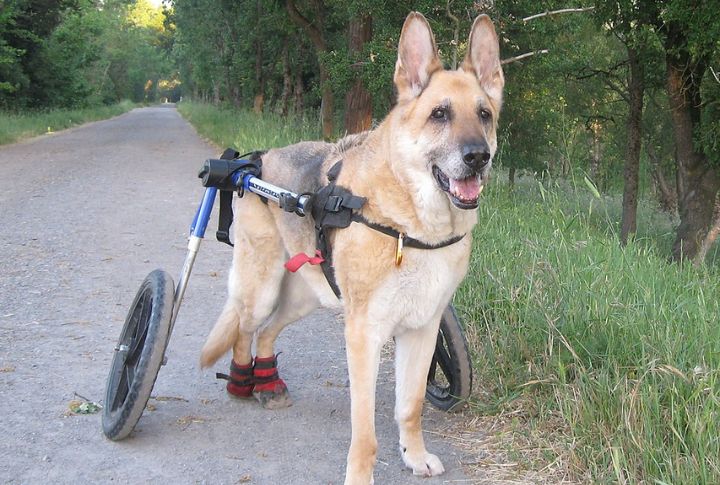
Dogs are experts at adapting, but some face unique challenges that require extra care. Silent worlds to unsteady steps, disabilities in dogs come in many forms. And with the proper support, these loyal companions thrive remarkably. Keep reading to learn about 10 kinds of disabilities that plague dogs.
Vision Loss

Some dogs go blind due to cataracts or progressive retinal atrophy. However, they adapt remarkably by relying on their other senses to maneuver their surroundings. Training with verbal cues and incorporating textured surfaces can significantly improve their quality of life. With the proper support, they prove that adaptation is their greatest strength.
Hearing Loss
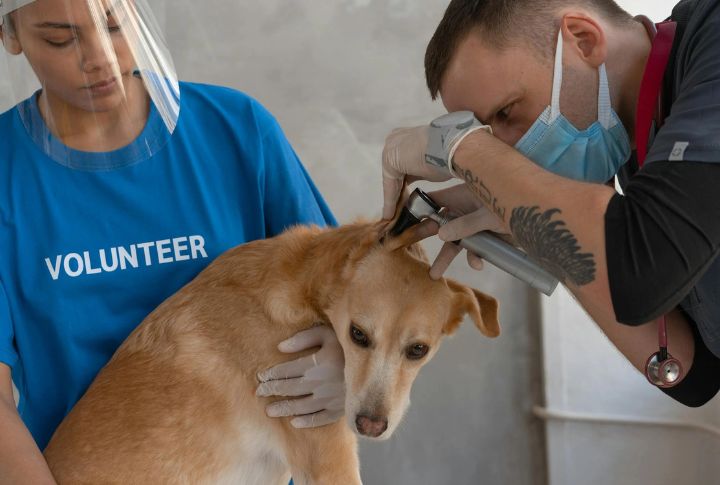
Have you ever wondered how dogs cope without sound? Deafness can be inherited or result from infections or injury. While they can’t hear commands, they excel at reading hand signals and feeling vibrations. Also, flashing lights or gentle taps can work as cues, and with patience, they live just as happily as any other pup.
Mobility Challenges

Wheelchairs give dogs newfound freedom, but mobility issues like arthritis, hip dysplasia, muscle weakness, spinal conditions, etc., can make movement painful. If your dog limps or avoids running, consider mobility support to help them stay active and comfortable.
Neurological Disorders
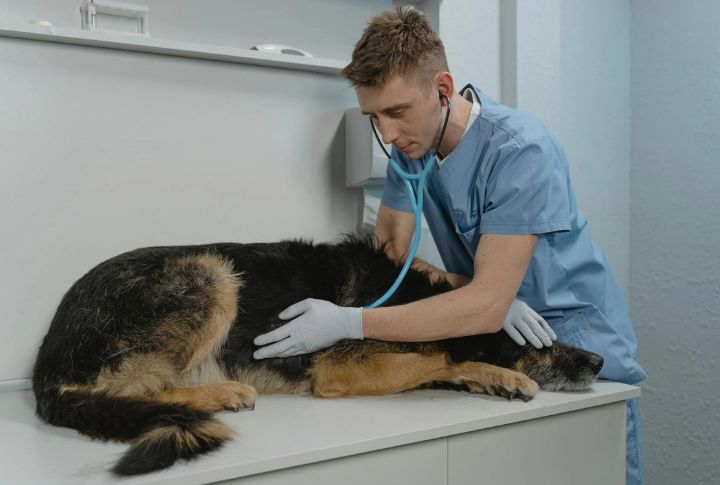
Neurological disorders can make movement difficult for dogs. It may even cause seizures or progressive weakness. Epilepsy and degenerative myelopathy present unique challenges—some manageable with medication, others requiring routine adjustments. Supportive gear and a safe environment can help them stay comfortable and mobile.
Cognitive Dysfunction

Have you ever noticed your senior dog fixate on a wall as if it just insulted them? In such cases, blame cognitive dysfunction that leads to confusion, restless pacing, erratic sleep patterns, and moments of staring at nothing. Mental exercises can greatly help in such cases.
Congenital Disabilities

Born a little differently, some puppies enter the world with physical deformities or missing limbs due to genetics. Conditions like cleft palates or spinal malformations also affect their mobility and overall well-being. However, with early interventions (such as prosthetics), these animals can overcome it all.
Amputations & Missing Limbs
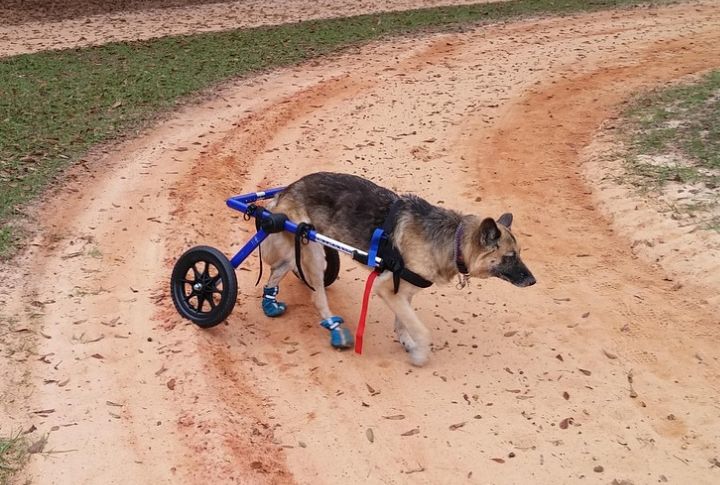
Dogs facing injury or birth defects prove nothing can hold them back. A missing limb highlights a dog’s remarkable adaptability. While balance may be tricky at first, most three-legged pups quickly adjust. Strength-building exercises improve stability, and shifting weight distribution makes movement easier.
Autoimmune Disorders
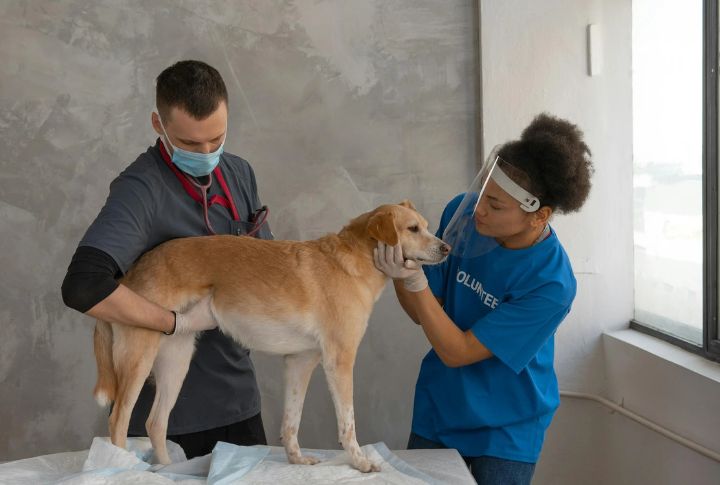
The immune system is supposed to protect, but sometimes it turns against the body instead. Conditions like lupus and immune-mediated polyarthritis can cause chronic pain and swelling. Managing these disorders requires medication, anti-inflammatory diets, and careful monitoring to help affected dogs live more comfortably.
Chronic Pain

Chronic pain caused by nerve damage can restrict movement and diminish a dog’s quality of life. Subtle signs like licking joints or avoiding stairs often reveal their discomfort. Pain management through therapy improves mobility and comfort. This lets them stay active and enjoy their golden years.
Brachycephalic Obstructive Airway Syndrome (BOAS)

Bulldogs and Pugs may win hearts with their adorable faces, but their airways pose a serious challenge. Brachycephalic Obstructive Airway Syndrome (BOAS) can make every breath a struggle, which leads to overheating and constant snorting. Mild cases improve with weight control, but severe cases often require surgery for better airflow.





